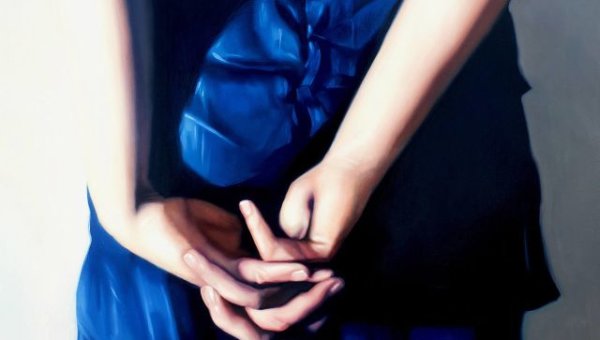
Prof. Theo de Beer about Emeraud Green or Viridian
In the section “Prof. Theo de Beer about ….” we share with you articles from the unpublished book of Professor Theo de Beer “Everything about art materials”. Prof. Theo de Beer managed the Old Holland company from 1982 till 2000 and made a huge contribution to its development.
Emeraude green or viridian was discovered by the Frenchmen Pannetier and Binet in 1836. In Paris, in 1859, the French painter Adrien Guignet improved the recipe and obtained a patent on it. That is why it is also known as Guignet’s green. Potassium bichromate was ground with boric acid and heated to 610 degrees centigrade, after which it was washed out with water. The pigment is called chromium oxide hydrate green, which is still sometimes confused with the colour chromium oxide.

In English, the colour is called viridian, which comes from the Latin ‘Viridis’, which means green. The colour emeraude green is sometimes confused with the English name emerald green, which refers to Paul Veronese green. Emeraude green, or viridian, is lightfast and has high colour strength. It requires plenty of binder, making this transparent paint very suitable for the glazing technique. The layer of oil paint will start to wrinkle if you suddenly apply it in thick layers.

The pigment also activates the drying of the oil. The fast-drying paint forms a hard, flexible layer of oil paint. In full tone, the colour is almost black/green, with a bluish undertone, which loses its fresh hue under artificial light. When used as a watercolour, the paper absorbs the extremely fine pigment particles, resulting in the flocculation effect. The watercolour has a pasty structure and so is more difficult to process. The pigment is unsuitable for making acrylic paint, because the pigment and the acrylic medium do not tolerate each other.
Find here your Viridian Green:
Old Holland Classic Oil Colours
Old Holland Classic Watercolours






